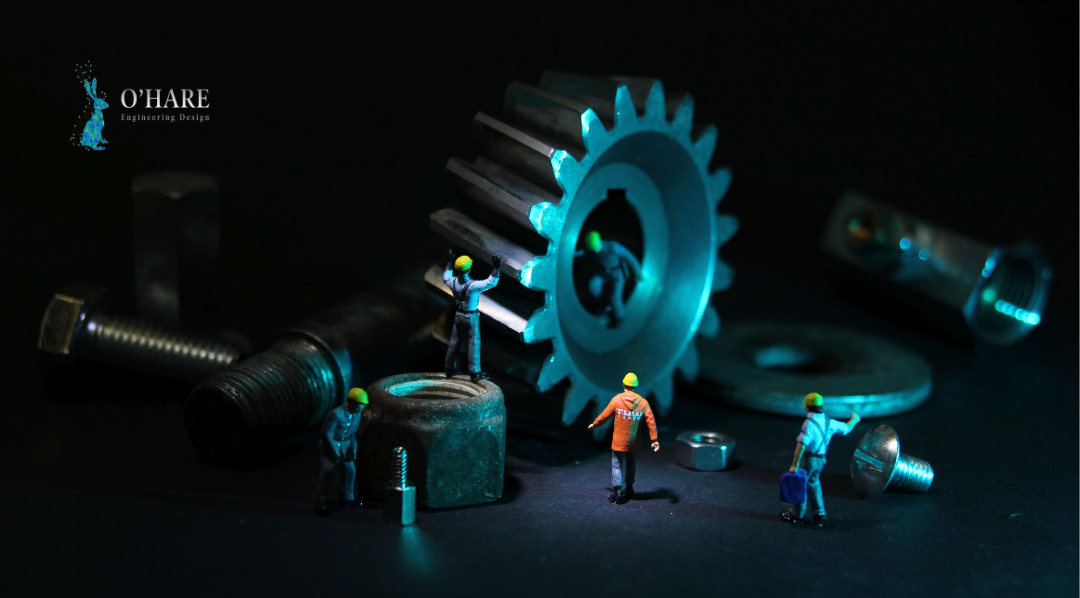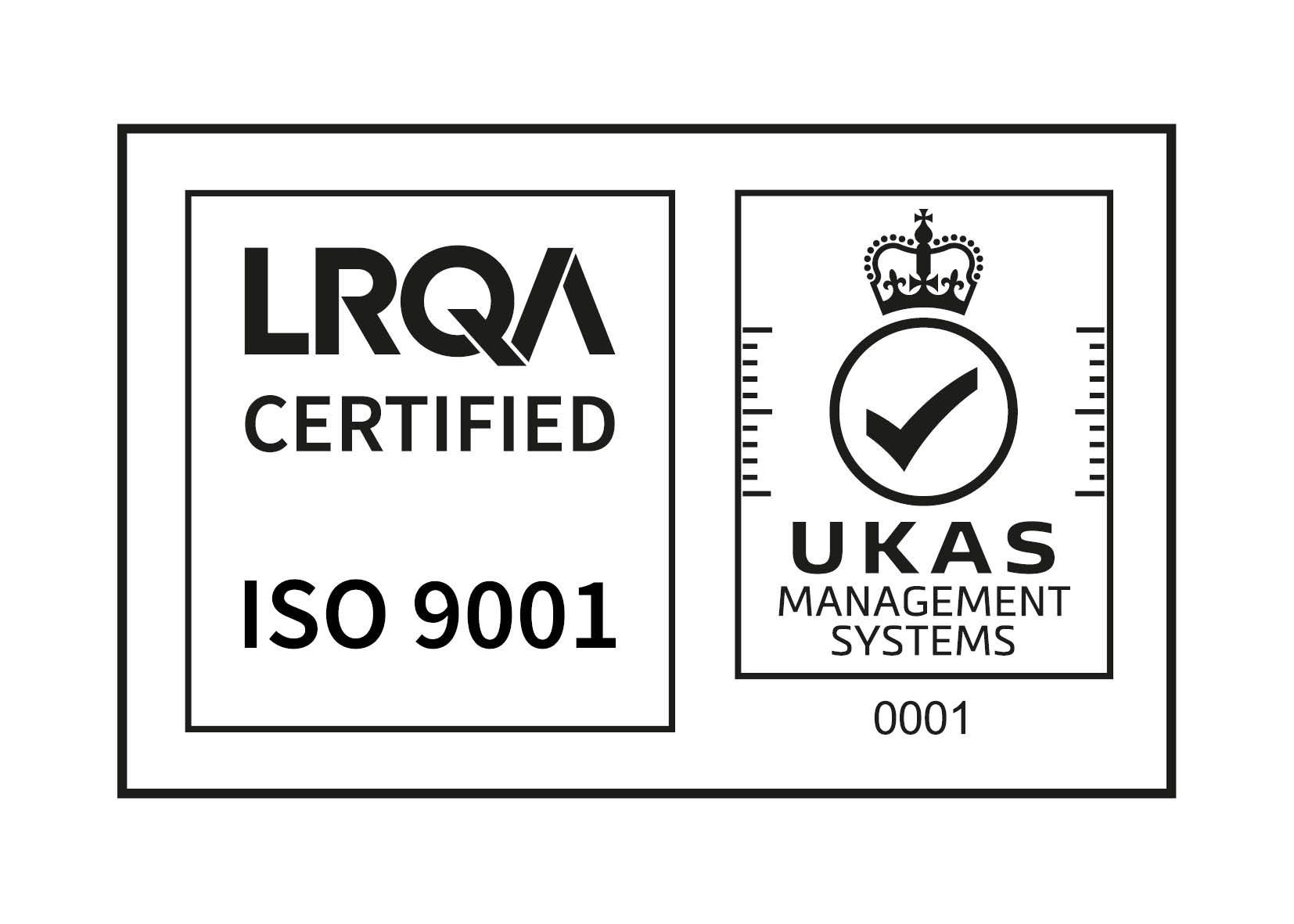HOW 3D MODELLING ENABLES ESSENTIAL PLANT MAINTENANCE ON COMPLEX SITES

HOW 3D MODELLING ENABLES ESSENTIAL PLANT MAINTENANCE ON COMPLEX SITES
Date: 30th March 2023
It shouldn’t be news to you that maintenance is one of the most important activities you should be investing in. Like with any well oiled machine, keeping up to date on services, inspections and general maintenance is essential to keep things ticking over nicely. And yet, when times get tough and the purse strings start to tighten, maintenance budgets are often one of the first to be impacted in favour of new projects that promise a much faster financial return.
So, with a recession looming, what are the implications of slashing your site maintenance budget first?
Are there ways that technology can help to navigate the impacts of budget changes on site?
And, is there a way to split that budget strategically?
Why aren't maintenance budgets a top priority?
When times are tough, maintenance budgets are often one of the first to be affected. After all, if the site is still functioning well and you’re maintaining business as usual, then the old ‘if it aint broke dont fix it’ rule often comes into play. Why not invest this money into generating new projects and infrastructure to increase your output capacity?
But, what many forget is that, when you cut maintenance funding back all the way to its bare bones thinking that it's not a current priority, you’ll be feeling the impact further down the line…
What’s the impact of not investing in site maintenance?
If you’re not maintaining the plant to a certain degree, small issues have this nasty habit of spiralling into much bigger problems the longer you leave them.
What was initially a dodgy valve or small section of pipework that needed general repairs can quickly escalate into a whole section of pipework, in-line fittings, or a pump that now needs replacing as a knock on effect. If you then add in any additional stresses put on this existing infrastructure through the addition of new systems or increased outputs, the timescales before essential maintenance is required can be hugely reduced.
It’s easy to see how small, seemingly insignificant maintenance tasks that can “wait until there is the time” can end up spiralling. And it’s not just timescales that can be affected. Your costs can also be massively impacted as bigger, more complex repairs and maintenance can incur additional planning, fabrication and consulting costs in a big block sum that could have been easily avoided or mitigated with incremental maintenance.
The same can be said from a health and safety perspective within the organisation. If you’re behind on maintenance and someone gets injured on site, a piece of equipment malfunctions or there's a chemical leak that has an environmental impact, you will be liable - especially if your site, equipment or documentation hasn't been properly maintained.
How can 3D modelling help you use your maintenance budget more strategically?
As you can see, maintenance is important, but it's not always as easy as just looking over the site and inspecting equipment. On complex and large scale sites like chemical and power plants for example, existing infrastructure like pipework and utilities has a tendency to;
Be difficult and/or hazardous to access and inspect
Have unclear records of when every pipe, piece of equipment, valve, etc. is due for inspection and maintenance
Have multiple versions of each piece of documentation
But, by creating an ‘as-built’ virtual database for your site using 3D scanning and modelling techniques like BIM and digital twinning, you can have all of this information and documentation stored in one place which details exactly when your maintenance needs to be done. The knock on effect of this is that, when you know that maintenance work and activities are required, you can more effectively plan your resources, budgets, costs and timescales because you have visibility of when each activity needs to take place. And, when funding is limited, being able to justify and evidence your requirements with your shareholders increases your chances of achieving this funding.
Furthermore, when you have machinery that is regularly maintained to the highest standards you minimise the risk of unforeseen issues and equipment failures which in turn reduces the risk to project schedules and costs.
If you would like to find out more about using interactive 3D modelling to streamline your internal processes, send us an email today at
enquiries@ohare-eng.co.uk.




